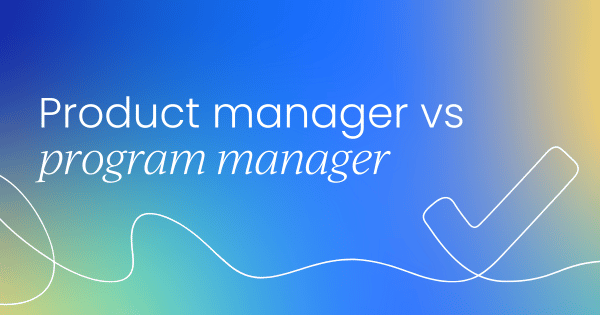TLDR: Product manager vs program manager
Product managers focus on product strategy and vision across the entire product lifecycle – from ideation to launch.
Program managers focus on wider company goals and strategize how org-wide programs or initiatives can be completed.
The main difference between these two roles is their focus: product strategy and vision versus cross-functional alignment and program completion. Keep reading to gain a deeper understanding of the differences between these functions.
What is a product manager?
A product manager is responsible for managing product strategy and ensuring the product succeeds within the marketplace. This involves managing and executing the product vision throughout the entire product lifecycle, including ideation, development, launch, and beyond.
Product management has a narrow focus on product development, and collaboration is often limited to teams that impact the product’s success. This means product managers often work closely with developers, UX designers, and product marketers.
What is a program manager?
A program manager is responsible for the strategic planning and coordination of multiple related projects within an organization (referred to as a program). This role involves helping ensure company goals are achieved by providing strategic guidance on program strategy.
Since programs will often touch many departments, program managers work cross-functionally with multiple teams, such as HR, finance, sales, marketing, and yes, even product.
On a day-to-day level, program managers:
- Identify and coordinate dependencies
- Build program schedules
- Request and allocate resources
- Identify risks or blockers
- Manage and justify the program budget

Aside: Program manager vs project manager
To clarify the program manager role more clearly, it may help to contrast it with a similar “PM” role – the project manager.
Program managers and project managers are pretty similar roles, and because of this, the differences often vary slightly depending on the company.
However, the main difference is that program managers usually handle strategic planning of multiple projects (as part of a larger program or initiative), whereas project managers are more tactical, focusing on chasing team members and ensuring execution on one or a few projects.
To compare a project manager’s role to a product manager’s, check out our guide.
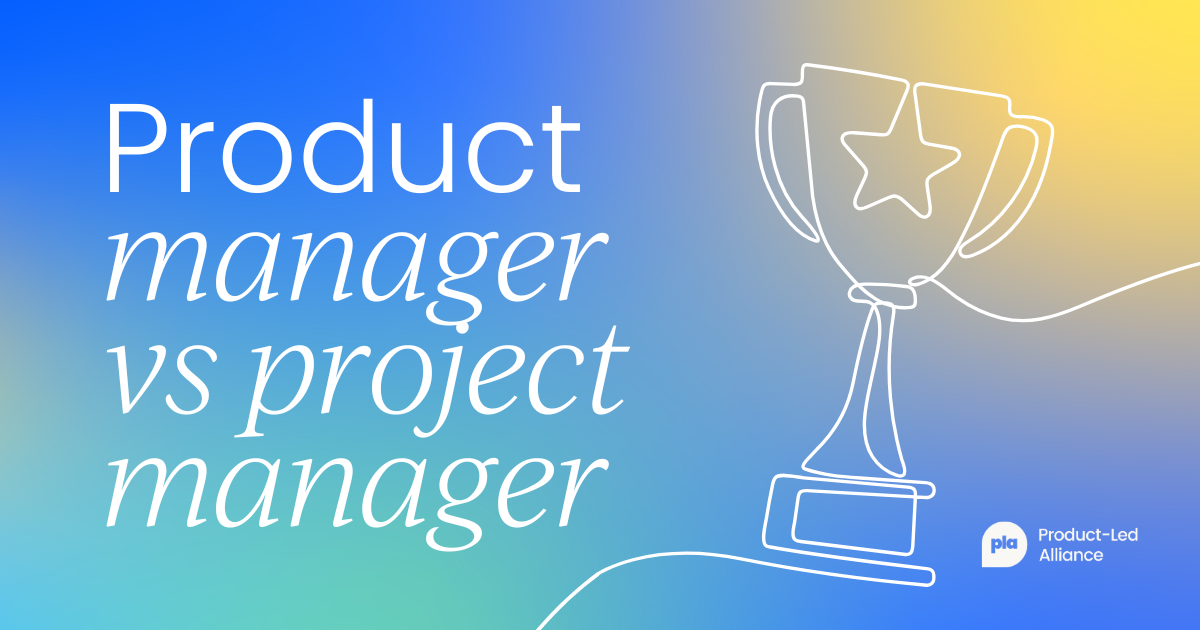
5 differences between a product manager and a program manager
1. Goals and focus
Product managers focus on creating exceptional products that delight customers while meeting internal product strategy requirements. It might help to define a product here:
A product is anything you build and sell that delivers value to a user, whether it’s an app, a physical gadget, or even a backend platform.
So, a product manager's main goal is to create a product strategy and roadmap that aligns with the business, market, and customer needs.
Now let’s define a program:
A program is a coordinated set of projects or initiatives that all contribute to a larger strategic goal.
That could mean launching an entire new line of products, rolling out an internal platform across multiple departments, or scaling a product internationally. Programs usually span multiple teams, timelines, and deliverables.
So while a product manager is responsible for what to build and why, a program manager is responsible for how to get it all done, especially when things get big and messy.
2. Responsibilities and tasks
Product managers are the vision-setters. They live and breathe the problem space – constantly asking, “What should we build next?” Their work involves a lot of listening, prioritizing, and decision-making.
They spend time:
- Talking to customers and gathering feedback
- Analyzing the market and competition
- Writing product requirements and specs
- Building and maintaining roadmaps
- Collaborating closely with engineers and designers
- Launching features and measuring their success
They're the negotiator between business needs and user needs, and they're laser-focused on building the right thing.
Program managers, on the flip side, are more like conductors. They're not deciding what the product (or project) should do, but they’re critical to making sure the company can actually deliver on its promises. Think of them as the ones keeping chaos at bay.
They spend time:
- Mapping out dependencies between teams and projects
- Creating program timelines and schedules
- Allocating resources (people, tools, budget)
- Identifying risks early and developing mitigation plans
- Coordinating with leadership and tracking overall program health
While a product manager is saying, “Here’s what we’re building and why,” a program manager might respond, “Here’s how we’re going to make it happen.”
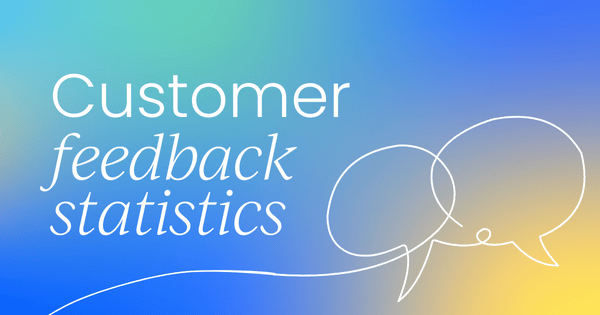
3. Strategic influence
Product managers influence strategy by shaping the product roadmap based on user insights, business goals, and technical feasibility. They’re the ones advocating for users and making tough trade-offs around priorities.
They help answer questions like:
- What problems should we solve?
- Who are we solving them for?
- How does this feature support our business model?
Program managers influence strategy by helping leaders turn big-picture goals into realistic execution plans. They ensure that those goals don’t just live within a deck – they actually get done.
When multiple projects or programs clash, a program manager is the one to step in and strategically decide which initiative takes priority and which can be placed on hold until resources free up.
They help answer:
- What’s the plan to execute on this goal?
- Who needs to be involved?
- Where are the risks?

4. Stakeholders
Product managers mostly collaborate with:
- Engineering – to define and build features
- Design – to ensure user experience aligns with product goals
- Product marketing – to shape messaging and go-to-market plans
- Customer success/support – to surface user pain points and feedback
- Sales – especially in B2B, to gather customer insights and support deals
These relationships are all about delivering value to the customer. The product manager’s job is to ensure each of these teams is aligned around what to build and why it matters.
Program managers work with a much broader cast, including:
- HR – for resource planning or training rollouts
- Finance – to manage program budgets and forecast costs
- Legal – to ensure compliance or contracts are handled on time
- Product and engineering – to align timelines and resolve delivery bottlenecks
- Ops and IT – especially for infrastructure-heavy or internal programs
Why the difference?
Because programs often affect the entire organization, not just a product or feature. Program managers connect the dots across departments, keeping everyone aligned on timing, dependencies, and outcomes.
Where the product manager is focused on depth within a product team, the program manager operates across breadth, tying together many moving parts.

5. Metrics
Product managers are measured by how well the product performs. Common metrics include:
- Adoption – Are people using the new feature or product?
- Retention – Do users keep coming back over time?
- NPS (Net Promoter Score) – Do customers love the product enough to recommend it?
- Feature usage – Are the things we built actually being used as expected?
These metrics all tie back to whether the product is solving the right problem – and doing it well.
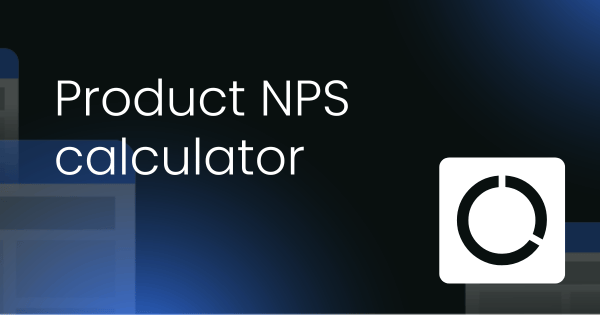
Program managers track how effectively a program runs. Their metrics often include:
- Milestones hit – Are key deliverables completed on time?
- Budget variance – Are we staying on budget or overrunning?
- Risk mitigation – How many blockers were avoided or resolved before causing delays?
- Team efficiency – Are teams working smoothly together without duplication or churn?
- Stakeholder satisfaction – Are leaders and collaborators happy with how the program is run?
These help gauge how well the program is functioning behind the scenes, even if the end user never sees it.
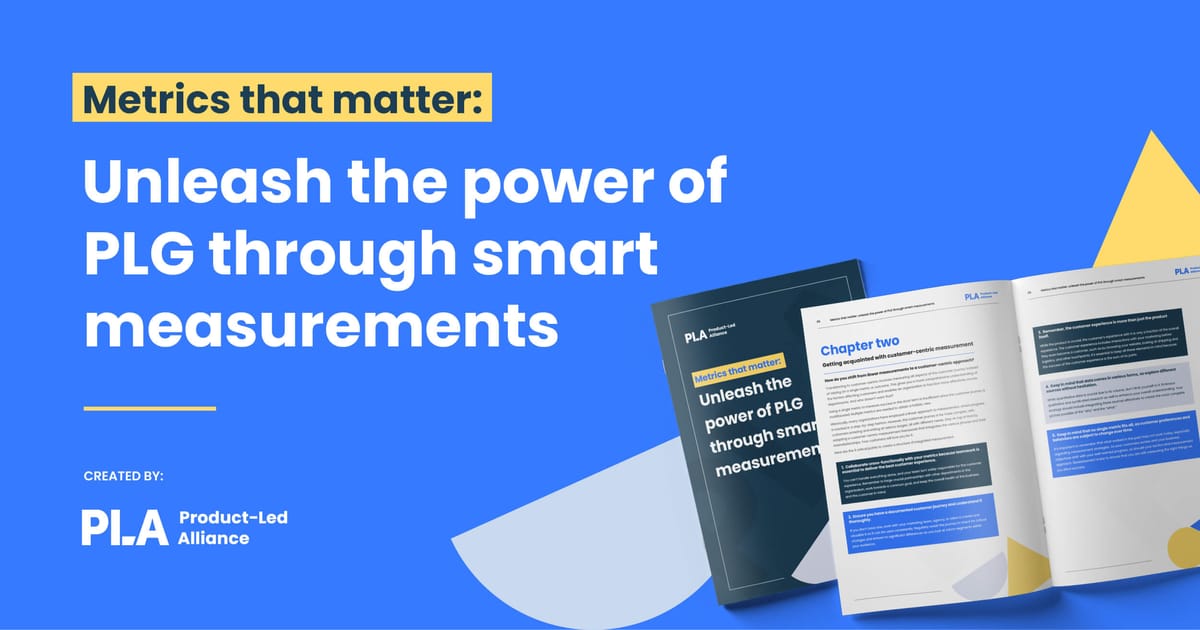
How product managers and program managers work together at Google
At a company like Google, where products ship at massive scale, clear role definitions are key. When the Chrome team rolled out a recent security update, the product manager and program manager worked closely on different parts of the problem.
The product manager was focused on the what and why. Based on user research and safety trends, they defined what the new feature needed to do and prioritized it on the roadmap. Their job was to make sure the update would actually improve the browsing experience in a meaningful way.
Once that vision was locked in, the program manager stepped in to coordinate everything that had to happen to bring it to life. That meant aligning multiple teams, such as engineering, UX, and release ops, across offices in Mountain View and London.
They ran weekly syncs, kept timelines on track, and made sure every dependency (like QA testing and the rollout to Google Play) was covered.
Throughout the process, the product manager kept reviewing builds to make sure the feature worked as intended, while the program manager handled the operational complexity behind the scenes.
It’s a solid example of how Google separates decision-making from delivery management. The product manager drives outcomes for users, while the program manager ensures the cross-functional engine runs smoothly, so when Chrome updates hit millions of devices, they do so without a hitch.
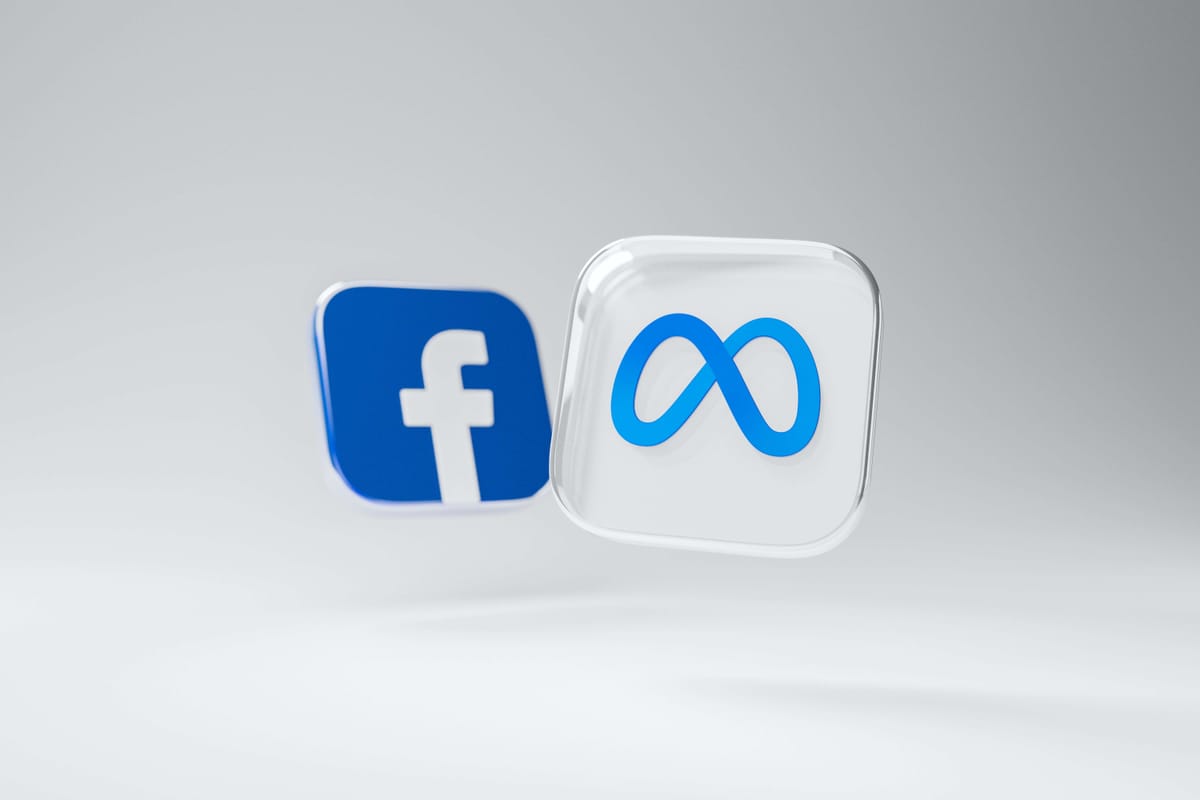



 Follow us on LinkedIn
Follow us on LinkedIn








